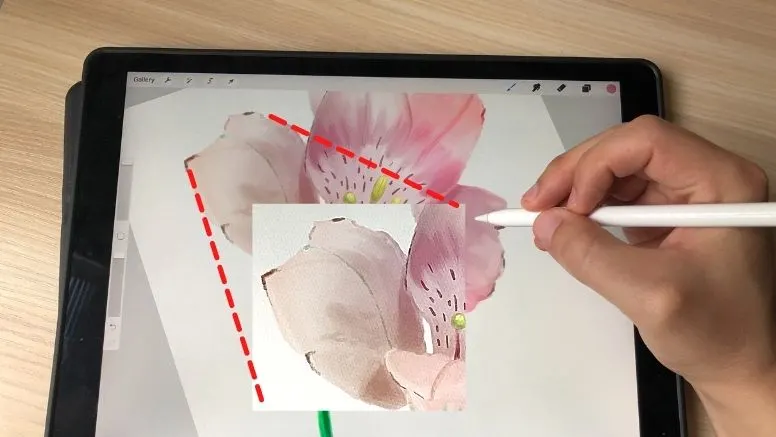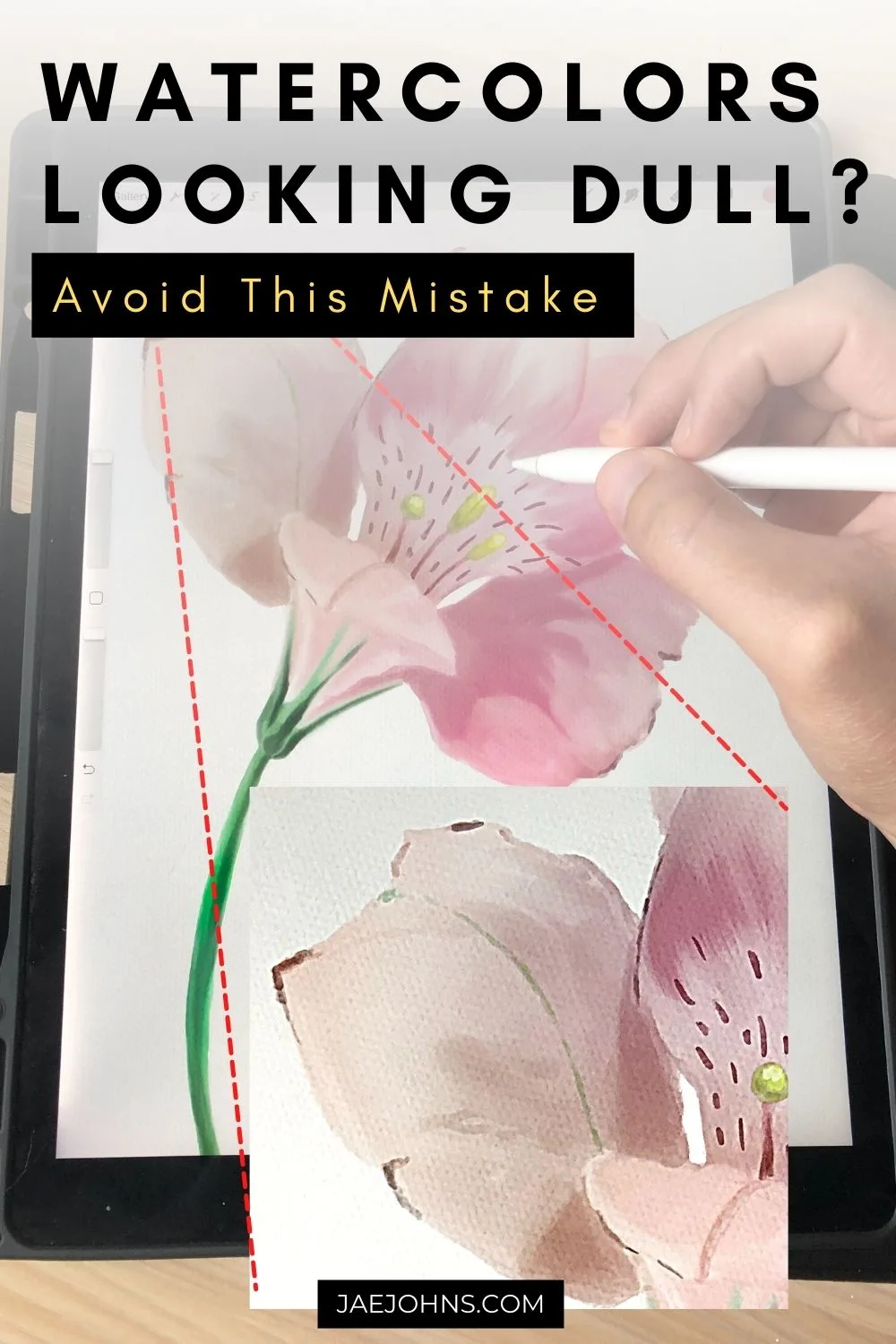Watercolor painting requires an understanding of the transparency of colors and materials to be able to produce vibrant paintings otherwise you might end up with dull watercolor painting.
If you’re new to watercoloring and your paintings do turn out dull, then the following tips might help you out in your artistic endeavors.
Be sure there is more to watercolor painting than just stroking paint to a paper. You need proper knowledge of the types of paints and papers used in the art and learn a few meticulous details to stop your watercolor paintings from looking dull and bring out the life in them.
Other related posts to help you with painting watercolors:
- How Long Does it Take Watercolor Paintings to Dry?
- 11 Best Watercolor Brushes
- 15 Different Watercolor Techniques & How To Use Them
- The Best Ways to Make Watercolor Darker
- 100 Easy Watercolor Painting Tutorials Anyone Can Do
- 55 Easy Watercolor Painting Ideas for Beginners
Types of Watercolor Paints
If you’re new to watercolor painting, you might’ve chosen the paint that was the most accessible to you.
This might be the culprit of your dull paintings. In watercolors, there are three main types of paint: Transparent, Sedimentary, and Staining.
3 Types of Watercolor Paints
- Transparent: Transparent watercolors, as the name suggests, allows light to pass through them.They are light, airy, and when applied, they don’t stain the paper; rather, they soak into it.
Transparent watercolors generally give you lighter and more vibrant colors.
Their intensity is light, so if the color palette of your painting suits it, it is suggested that you use transparent watercolors.
- Sedimentary: Sedimentary watercolors are pigments that work by being deposited on the top layer of the drawing paper.
Unlike other forms of watercolors, sedimentary tend to have addictive qualities meaning; they might be grainy, glossy, or thick.In some types of sedimentary watercolors, the residues are visible to the naked eye.
These residues can add texture to the painting or be used to add additional artifacts if properly used.
However, if you’re worried about dull paintings, it is better not to use sedimentary watercolors as they tend to be thicker in both texture and color and leave a more toned impression rather than a vibrant one.
- Staining: Staining watercolors are designed to go deep inside the layers of paper and stain it.Meaning that while other types of watercolors can be removed or scraped from the paper, this will in effect dye the paper in its color.
Staining watercolors are by far the most vibrant of the types, provided that you use them correctly.
If you are layering with a staining watercolor and you’re not careful while adding layers or add too many layers, the painting will turn opaque.
Meaning it will not let any light through your paper, making the final product look dull and muddy.
Using the Right Paper
One critical mistake that you can make, which might be causing a lot of harm and making your painting look dull, is using the wrong type of paper.
In watercolors, you can afford to buy cheap paint and brushes, but you cannot afford to buy cheap paper.
This is because, for watercolors, a good paper is a foundation for each layer of paint that you put on it.
If your paper is not meant for watercolor painting or is of sub-standard quality, your paint will not set on it properly and can cause different colors to mix inadvertently.
Good quality paper for watercolor painting is designed to be heavier and has additives inside it which allow the paper to absorb moisture such that the tone remains flat and even.
A cheap quality paper, in contrast, is liable to buckle and give inconsistent wavy tones.
For starters, try to work with at least 140 lbs. watercolor paper.
Here is a list of different watercolor papers and their pros and cons.
How to Prevent Muddying
One of the most common problems that can result in dull watercolor paintings is muddying.
Muddying is caused when two or more paints mix together instead of forming layers.
Muddying can cause your radiant yellows to turn into a dull orange.
Some of the common mistakes that can cause muddying is:
- Not waiting for previous layers to dry: If you’re layering paints and you haven’t let your previous layer dry completely, you might end up mixing the previous layer with the new ones causing it to form a singly murky, unpredictable fluid.
- Unclean brush: In watercolor painting, your brush must be properly cleaned, especially when you move from one color to another.If you do not properly remove the residue of the previous paint from the brush, you will contaminate your new paint with the previous one’s pigments.
If the type of watercolors you are using are of different types, this might result in even more unpredictable results. Hence, always keep your brush clean.
Making your Watercolor Painting Last
If you’ve been using watercolors for painting for a long time, you might’ve noticed that some paintings turn dull while some still stay fresh over a long period of time.
This happens due to a property of the watercolor that you’re using called lightfastness.
This property controls how resistant the colors are too light and humidity.
If a watercolor has low lightfastness, it will start to fade, lose its color and become dull over time with exposure.
It is recommended that you look at the ASTM rating on the packaging and make sure you buy one with a decent rating whenever you are buying watercolors.
You might not need to consider this if you’re just practicing but for any commissioned or serious work, always go for a lightfastness rating of Very good or Excellent.
Conclusion
Watercolor painting is a fun activity and can help you make radiant and bright pieces of art.
If you’re worried about your paintings being dull, keep all these tips in your mind and always go for quality goods.


